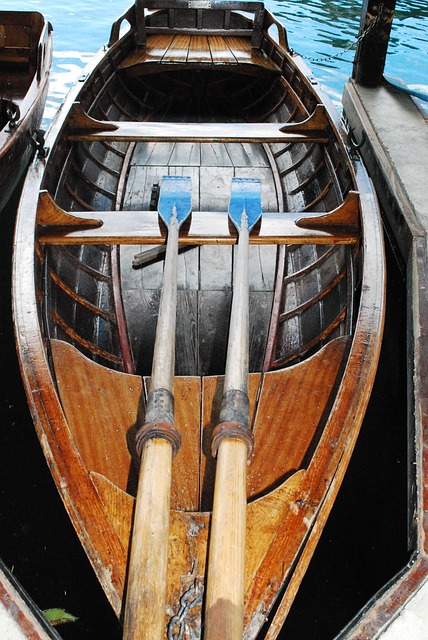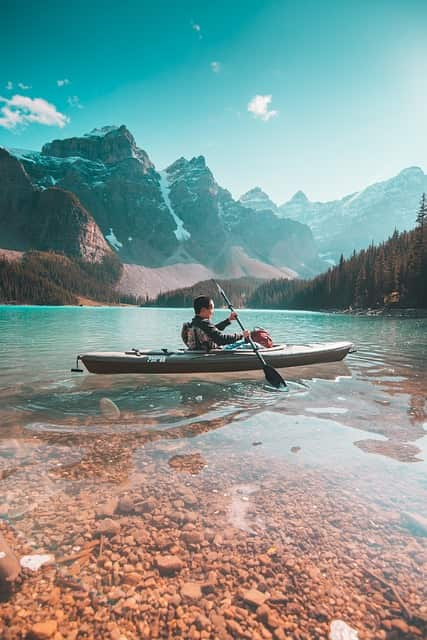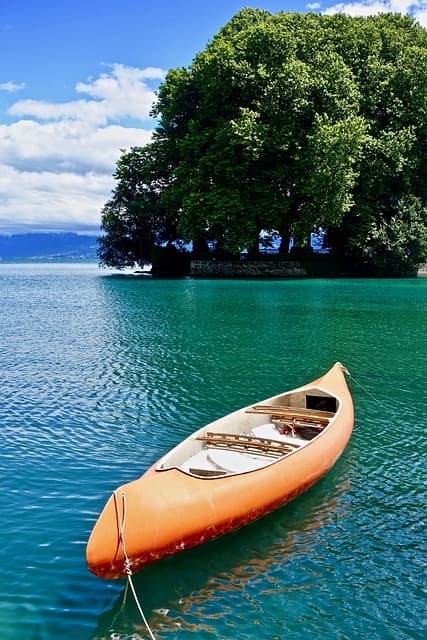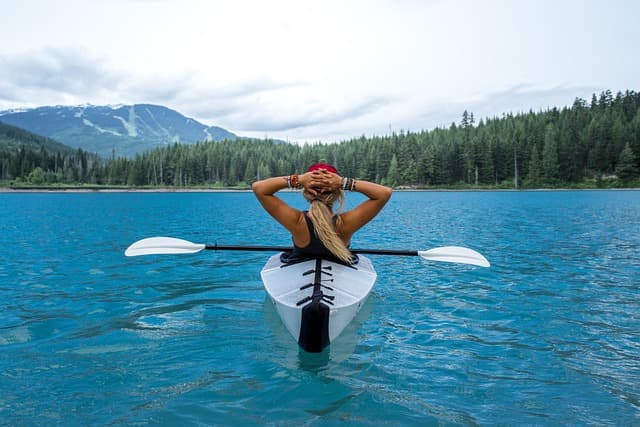Today kayaking is one of the popular extreme water sports.
In Europe, interest in kayaking began in the second half of the 19th century, when a young Scottish lawyer, John MacGregor, decided to make a trip down the River Thames with it. Almost a century later, the German Hans Klepper bought the original idea for a collapsible kayak from student Alfred Heurich, patented it and started a successful business of producing and selling kayaks.
Significant was the journey in 1955 of Dr. Hannes Lindemann, who alone went to explore the Atlantic Ocean on a rickety wooden boat only 76 centimeters wide. The voyage lasted 119 days, during which the doctor gathered much material about how people are able to survive shipwrecks in the harshest of conditions.
Thus, two main types of kayaks were later produced, those for river rafting and those for sea travel. Kayaking became so popular in the 20th century that it was even included in the main program of the 1936 Olympics as a separate sport. Rafting on mountain rivers allows the most thrill-seekers to experience, while long solo sea voyages are chosen by people who want to test their strength of character with a primitive float.
Most of all surprise women who have decided to overcome a huge distance of water space using a kayak, finding themselves face to face with the elements. The record was set in 2009 when German Freya Hoffmeister, 45, paddled around Australia in a kayak covering 13,000 kilometers in 332 days. The woman traveled about 60 kilometers every day, sleeping in a tent on the beach. Only occasionally did Freya have contact with people who sometimes provided her with lodging and helped her make necessary purchases. In the middle of the trip she had to interrupt her journey for two days because she came down with the flu. In total, out of 332 days, the athlete spent 245 days at sea. During her dangerous journey Freya often encountered sharks, one of them even tried to bite the kayak, leaving a tooth on the hull of the vessel. The courageous woman plugged up the holes from the other teeth, scooped out the water and continued her journey. Before the big adventure, she had undertaken a number of sea training trips, circumnavigating both the South Island of New Zealand and Iceland in her kayak, Freya herself recalls. In this way, the German broke the previous record of New Zealander Paul Caffini, who, in 1982, needed four weeks longer to complete a similar crossing.
The 64-year-old Pole Alexander Doba made a totally unique transatlantic voyage. On October 10, 2010, he embarked on a specially designed kayak, making the 98-day trip from Dakar, the capital of Senegal, to Acarau on the Brazilian coast. The distance covered is 5,400 kilometers, and he walked about 54 kilometers every day at a speed of 2 kilometers per hour. Alexander’s kayak, called OLO, is 1 meter wide and 7 meters long, designed to minimize the risk of sinking. On his way the man faced six-meter waves, terrifying equatorial heat, but he came out victorious against the water element.
The psychology of people who dare such journeys is completely incomprehensible to mere mortals, and the motto of their life could not be more suitable the statement of André Gide “Man will not open new oceans until he has the courage to lose sight of the shore.



